Myths, mistranslations, and a kick in the tail
For years, my parents were hobbyist winemakers.
When they sold their house to buy a smaller place in a senior community, they had over 400 bottles of their “Chateau Bois” in the cellar.
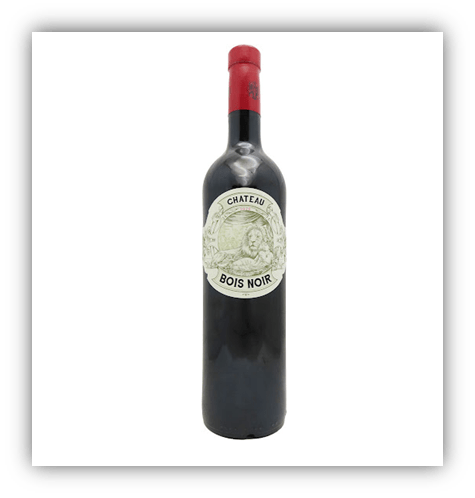
They took some to their new home, gave some to friends, some to my sister, and some to me.
It’s too bad that I don’t really like wine.
I mean, it’s OK, but it gives me heartburn if I drink it with a meal, which I hear is the best time to drink it. I prefer it on its own after dessert.
Better yet: skip the wine and I’ll mix us a cocktail.
We all know what a cocktail is.
You mix a liquor with other ingredients, sometimes over ice, to create a new flavor.
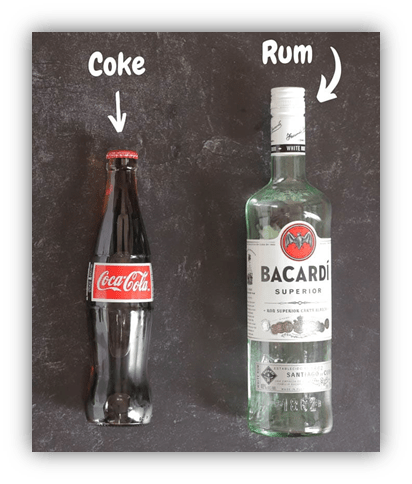
The easiest to make is the rum and Coke, because the two ingredients are right there in its name.
The tricky part about making gin and tonics is remembering to add a bit of lime juice, which isn’t in the name, but it’s really not that hard.
The question that’s been eluding scholars and bartenders alike: How the word “cocktail” came to be?
The word first appeared in print at the beginning of the 19th century.
In 1803, The Farmer’s Cabinet of Vermont used “cock-tail” to describe a morning pick‑me‑up. I’m sure the espresso martini didn’t exist then, but I can see how it might pick me up.
On May 13, 1806, The Balance and Columbian Repository in Hudson, New York, published the earliest known definition:
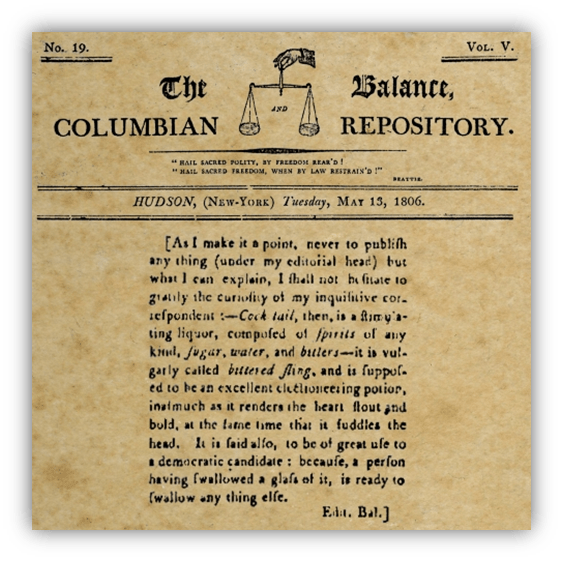
“Cock-tail, then, is a stimulating liquor, composed of spirits of any kind, sugar, water, and bitters.”
“ – it is vulgarly called a bittered sling, and is supposed to be an excellent electioneering potion, in as much as it renders the heart flout and bold, at the same time that it fuddles the head. It is said also, to be of great use to a democratic candidate: because, a person having swallowed a glass of it, is ready to swallow any thing (sic) else.”

So, if you run for office, remember to get your constituents drunk or otherwise fuddle with their heads.
They’ll follow you to the ends of the earth no matter how bad you are at the job.
We know what cocktails are, but the name’s origin is still a matter of debate.
People have many theories but etymologists haven’t been able to prove any of them. Let’s first go over some colorful stories that have been proposed to explain “cocktail.” Some are urban legends while others are distinct possibilities, but most lack any historical evidence.
- In his 1965 book, The Booze Reader: A Soggy Saga of Man in His Cups, George Bishop wrote:
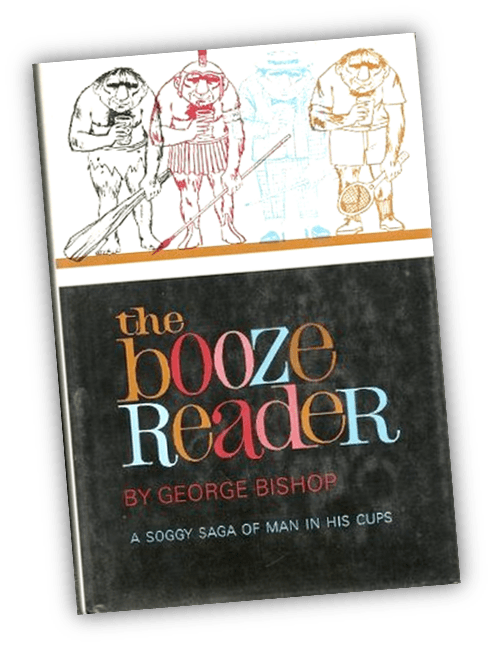
“The word itself stems from the English cock-tail which, in the middle 1800s, referred to a woman of easy virtue who was desirable but impure…and applied to the newly acquired American habit of ‘tainting’ good British Gin with inappropriate matter, including ice.”
While the British are perplexed by Americans’ drinking everything iced, this can’t possibly be the derivation because the word predates the 1800s.
- There’s an idea that rooster’s tail feathers were used as garnish.

However, not only are there no archival recipes calling for feathers, I submit to you:
yuck.
- A similar story is about an American tavern keeper named Betsy Flanagan. In 1779, she served French soldiers drinks garnished with feathers plucked from a neighbor’s roosters. The soldiers toasted her by shouting, “Vive le cocktail!” Yeah, too good to be true.
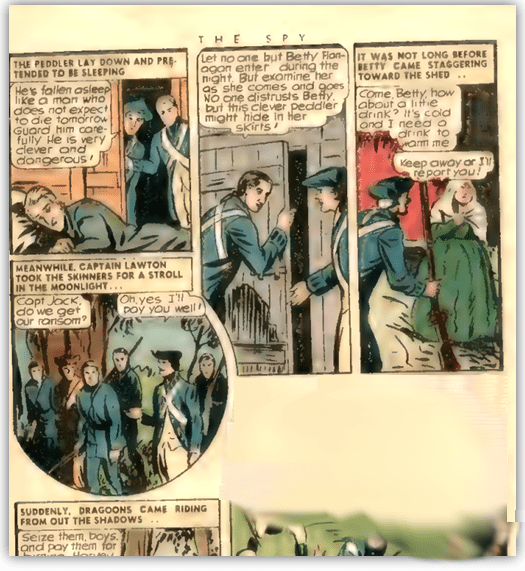
Some of you may know that Betsy Flanagan was a fictional character who appeared in The Spy, a novel by James Fenimore Cooper.
There may have been a Betsy or Betty Flanagan serving Revolutionary War soldiers, but all we have is those veterans’ stories with no concrete proof.
- In the 1600s, “cock ale” was a gloop of ale, parboiled chicken, fruit, and spices.
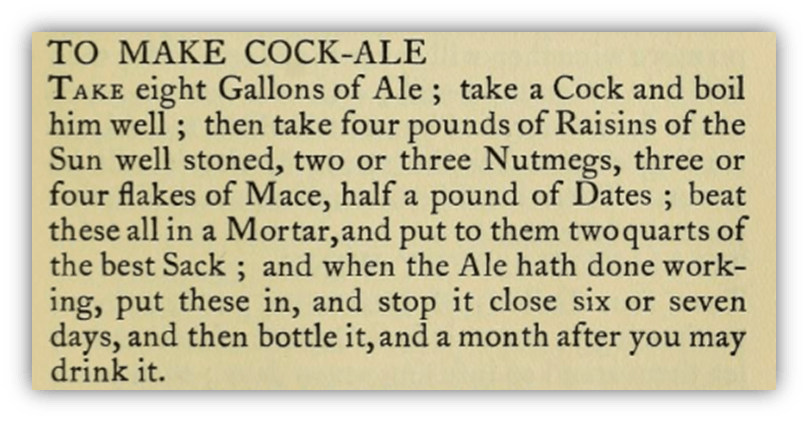
Again, yuck.
But apparently British royalty loved it. Make of that what you will. Even though it faded from popularity at about the same time that the word “cocktail” appeared, and that the two names sound alike, there’s no evidence that one came from the other.
- In West Africa, the word “kaketal” means, or is claimed to mean, “scorpion.”
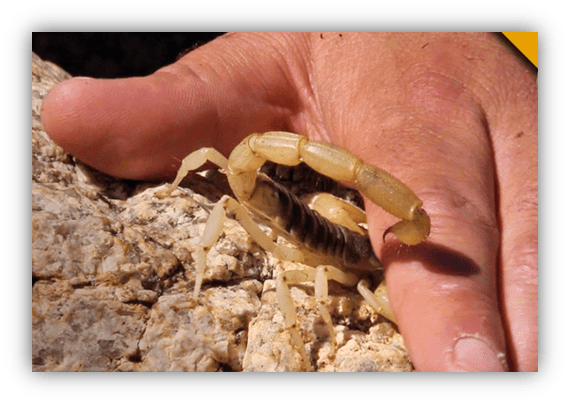
If a drink stings, it might be similar to a scorpion’s jab, but there’s no written record connecting “katetal” to “cocktail.”
- Another story says that the leftovers in casks of ale were sometimes mixed and sold at a lower price.

This came to be called cock-tailing and the mix was sold cheaply as it was said to be a ‘beverage of questionable integrity.’
The story itself is also of questionable integrity because there’s only one reference for it.
- There’s an anecdote that an American barkeep kept the alcohol in a ceramic container shaped like a rooster.
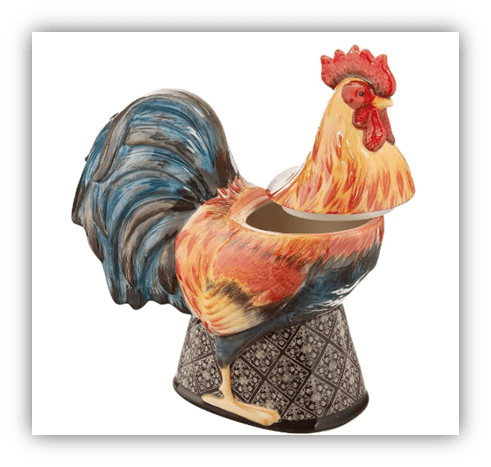
When customers wanted a drink, they’d tap on the cock’s tail.
Funny story, but there’s no supporting evidence.
- The swirling together of different colored liquids might resemble the different colors in the feathers of a rooster’s tail.

This theory seems reasonable today, but cocktails were pretty monochrome back in the day.
- English sailors enjoying their rest and relaxation time in Mexico noted that their drinks were stirred with a root that resembled a rooster tail.
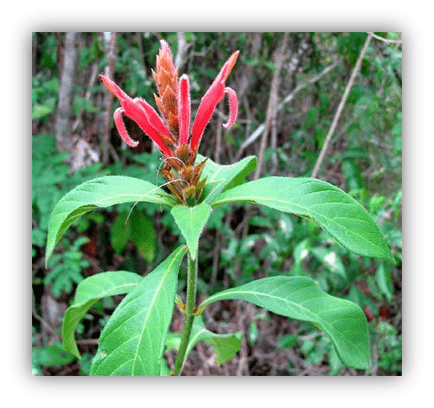
The root is called “cola de gallo” and it does indeed look like a cock’s tail, but there are no written recipes calling for stirring the drinks with a root. Great theory, though.
- Also in Mexico, it’s said a woman named Xochitl made mixed drinks, and her name was corrupted into “cocktail.”
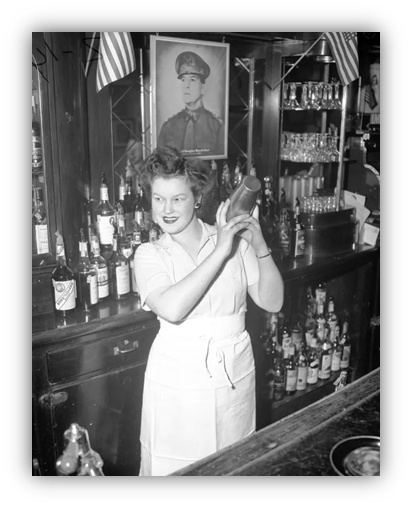
In some stories, she’s an Aztec noble’s daughter.
In others, she served drinks to American soldiers.
Seeing as the Aztecs and Americans were hundreds of years apart, it’s not the same woman. Whatever, the stories are most certainly apocryphal.
- The French word “coquetier” is pronounced “coke-te-ay.” It’s the name for the cup you would serve a poached egg in.
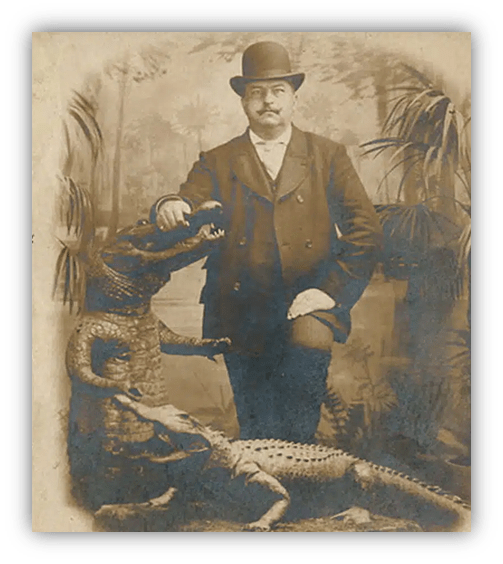
The story goes that Antoine Amedie Peychaud moved to New Orleans and opened an apothecary in 1834, and then developed the bitters that are still sold under his name.
He served a mix of his bitters and cognac in egg cups, and non-French speakers mispronounced “coquetier” as “cocktail.” However, we already know that the word was around long before he opened his shop.
These stories are fun to think about, but they’ve all been dismissed by etymologists, usually for timing or lack of documentation.
That leaves us with two more possible sources of “cocktail.” Again, we can’t be sure, but etymologists think these are the most likely. They have less to do with roosters and more to do with, believe it or not, horses.
One leading idea connects “cocktail” to equestrian slang.
By the late 1700s, a “cock‑tailed horse” referred to a horse of mixed pedigree.
These horses were given a docked tail. The dock is the part of the tail that joins to the animal’s backside.
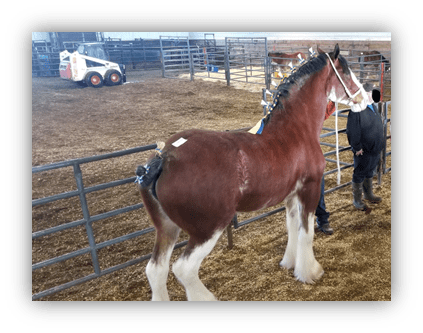
Cutting off the tail so only the dock remains is known as docking. What’s left of the tail sticks up without the weight of the rest of the tail. It looks perky.
Their tails were docked to easily distinguish them from the thoroughbreds. The “mixed” status of these horses is thought to have been applied to the blending of spirits. The influence of these spirits might leave you feeling perky, too.

Linguist Anatoly Liberman at the University of Minnesota noted that early American usage stressed mixture and variation.
He calls this possible derivation “highly probable.”
Another top hypothesis comes from an antiquated, inhumane, and, let’s face it, gross, 18th century practice:
Of making old horses frisky by inserting ginger or cayenne suppositories so they would “cock their tails” upward.

That would make you frisky, too.
Bartender/historian David Wondrich said, “The term was sporting‑life British slang for a stimulant or pick‑me‑up… hence by extension a ‘pick‑me‑up’ drink.” Supporting this, the very first 1798 reference in the London Morning Post & Gazetteer links “cock‑tail” with “ginger.”
We can’t be absolutely certain.
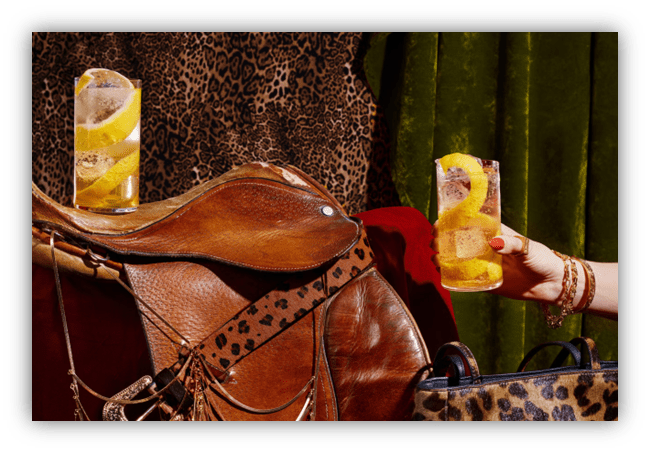
But the horse‑related origins — either visually separating thoroughbreds and mixed‑pedigrees, or referring to the ginger stimulant practice — are the strongest candidates for the origin of “cocktail.”
Both explanations align with the early citations and the contemporaneous slang of “cock-tailed” as applied to horses. No one’s certain, but etymologists favor these theories.
I’ll leave you with my variation on a Black Russian:
I think I found it on the first bottle of Mr. Black coffee liqueur I bought. It may be too sweet for some of you but it’s a nice blend of flavors.

- 2 ounces Vodka
- 1 ounce Kahlúa
- 1 ounce Mr. Black
Fill a highball glass halfway with ice. Add all the ingredients and stir. To make a White Russian, fill the glass to the top with milk or light cream.
Don’t drive after drinking.
No riding horses, either.
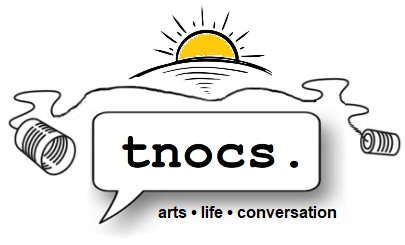
Let the author know that you liked their article with a “Green Thumb” Upvote!


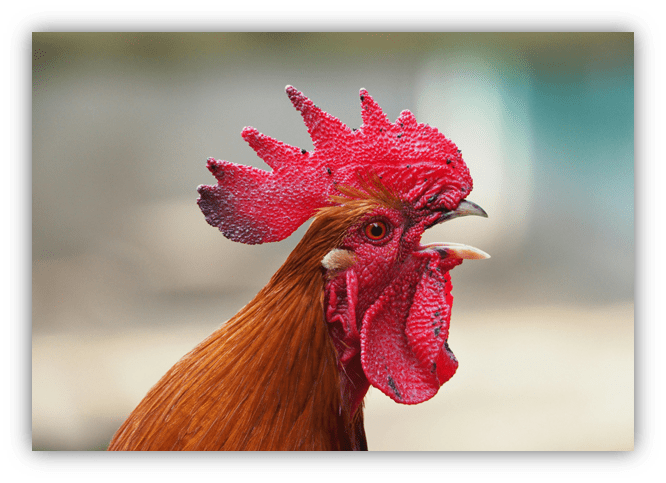
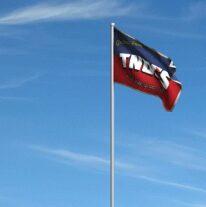

Wherever the term comes from, make mine a Mojito.
Cheers Bill!
What a fun summation: “But the horse-related origins- either visually separating thoroughbreds and mixed-pedigrees- or referring to the ginger stimulant practice- are the strongest candidates for the origin of “cocktail.”
You could become very famous, V-Dog, if you cracked the mystery of our feral chicken/rooster problem. In 2016, Ricki Lee Jones played here. She was complaining about all the wild birds in Kaua’i. I thought she was exaggerating.
Great quirky stuff. I read it in the voice of Steven Wright.
I’m afraid I don’t know anything about Hawaii’s feral chicken population. Could you write an article about it? Sounds interesting!